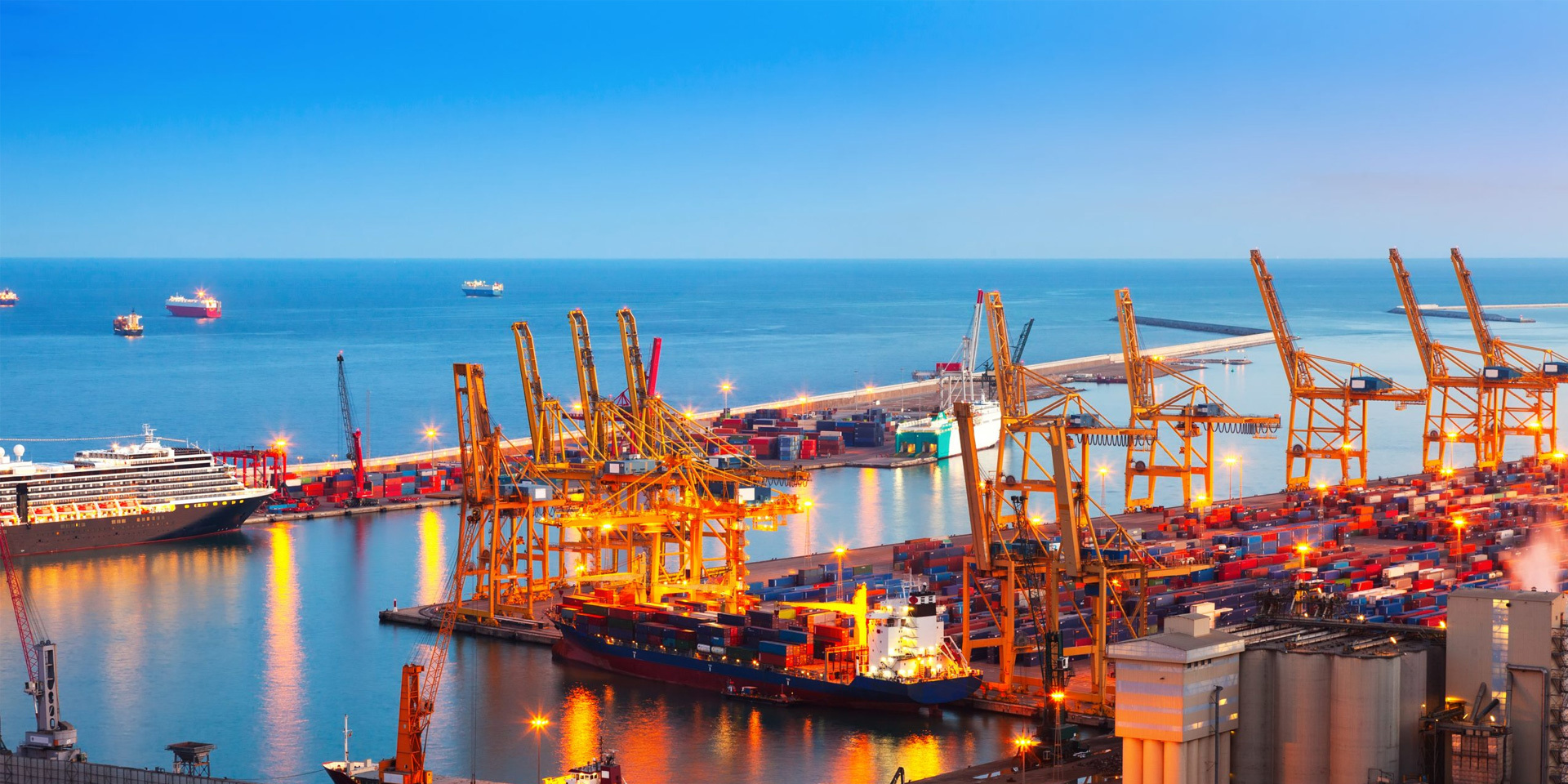Smart Gantry Cranes Revolutionize Global Port and Infrastructure Operations
Smart Gantry Cranes Revolutionize Global Port and Infrastructure Operations
Innovative control systems and customized designs drive efficiency in logistics and construction
1. Mega-Order for Smart Port Cranes in South Carolina
The Port of Charleston's Wando Welch Terminal (USA) is set to receive 26 advanced gantry cranes from Konecranes by 2020, valued at $46.4 million. Key technological upgrades include:
Anti-sway container technology reducing cargo damage during high-speed transfers
Automated steering systems enabling precise stacking up to 6 containers high
Collision prevention features for trucks and stacked containers, enhancing yard safety
Lifting capacity of 50 tons with boom outreach spanning 6+ traffic lanes9
This deployment supports Charleston’s $2 billion terminal modernization, allowing accommodation of mega-vessels after July 2025 completion.
2. Adaptive Control Systems Tackle Operational Uncertainties
Recent R&D breakthroughs address critical challenges in crane operations:
Fractional-order sliding mode control (FO-SMC) developed for rubber-tired gantry (RTG) cranes, compensating for wind disturbances and parametric variations through real-time adaptive algorithms. Field tests show 30% higher stability in outdoor operations.
GPRS remote monitoring systems that track hoisting height, weight, and trolley positioning, providing emergency lockout via sensor networks. This enables predictive maintenance and reduces failure rates by 22%.
Minimum-time control profiles using bang-off-bang algorithms to eliminate residual vibrations during point-to-point transfers, cutting maneuver time by 18% in underactuated systems.
3. Customized Solutions for Critical Infrastructure
► Cross-Continental Port Applications
Konecranes’ BOXHUNTER RTGs demonstrate global adaptability:
Paraguay’s Terport Terminal: First river port deployment (2018) features autonomous guided vehicles (AGV) moving along preset paths to handle heavy project cargo along the Paraná River.
Israel’s Ashdod Logistics Hub: Ground-level ergonomic cabins provide direct sightlines to truck lanes, increasing container moves/hour by 25% in high-density stacking5.
Vietnam’s Bien Hoa Port: Integration of cable reel electric drives and GPS auto-steering enables seamless switching between diesel and grid power.
► Mega-Project: São Paulo’s 180km "Rodoanel" Highway Ring
Fourteen Demag gantry cranes support Brazil’s largest road project by:
Transporting 120-ton support frames and pillar foundations across congested urban sites
Operating on customized rail infrastructure to minimize ground disruption
Accelerating installation via bolt-connected modular beams, cutting assembly time by 40%3
4. Efficiency Breakthroughs in Design & Operations
| Innovation Area | Technical Advance | Impact |
|---|---|---|
| Structural Optimization | APDL-based parametric modeling of U-girders | 19.98% mass reduction in outrigger systems6 |
| Yard Management | OPL-driven RMGC scheduling algorithms | 5.4% reduction in total operation time8 |
| Power Systems | Boom-top cable reels for electric spreaders | Enables container handling on hybrid RTGs7 |
Industry Outlook: Toward Autonomy and Sustainability
"The convergence of AI-driven predictive maintenance and regenerative drives positions gantry cranes as zero-emission material handlers. Konecranes’ orders across Paraguay, Israel, and Vietnam prove the demand for regionally adaptable solutions."
— Alan Garcia, Sales Manager for Port Solutions Americas, Konecranes
Upcoming trends focus on hydrogen fuel cell RTGs and digital twin simulations for collision-free path planning, with prototypes expected by 2026.
For technical specifications, consult ISO 4301 standards or regional safety guidelines like BS EN 13374:2018 for edge protection systems. Sources: Konecranes case studies, Mechanical Systems and Signal Processing (2023), Port Technology International.








